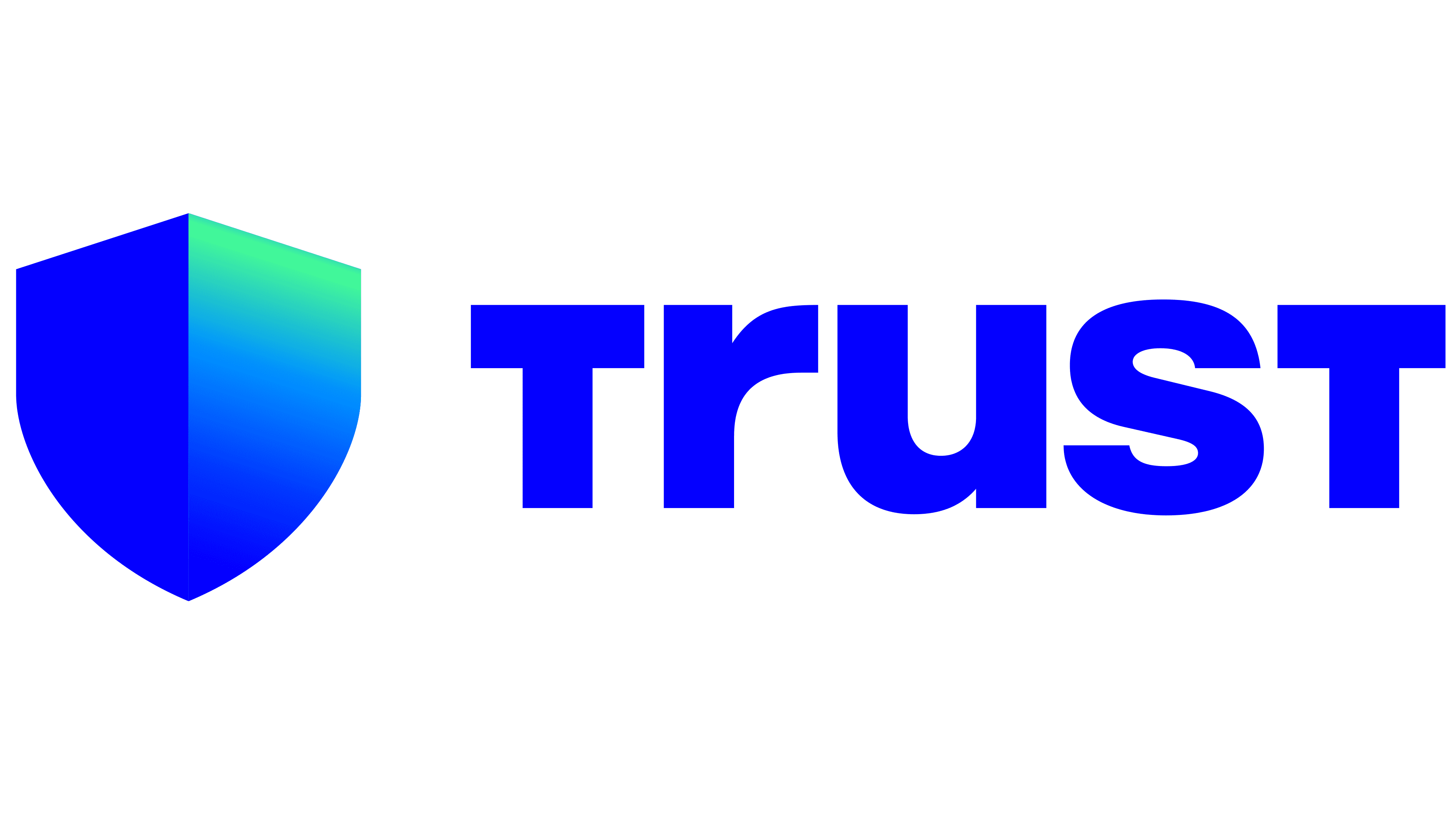Okay, so check this out—when I first heard about the Linea airdrop, I was like, “Another one? Really?” Airdrops can be hit or miss, you know? Sometimes they’re legit, other times it feels like a wild goose chase chasing tokens that never quite take off. But with Linea, something felt off about the usual hype. It’s not just another shiny giveaway; there’s a different vibe here.
At first glance, the whole web3 airdrop scene seems straightforward: projects reward early adopters or testers with tokens. But the reality is messier. People get burned by scams or complicated claim processes. The Linea airdrop caught my eye because it’s tied to a promising Layer 2 scaling solution, which could actually move the needle for Ethereum users tired of gas fees. Hmm… that’s worth digging into.
Whoa! The potential for this airdrop to empower regular users is pretty exciting. But I’m cautious—airdrop claims often require some on-chain activity, and sometimes it’s a pain just to figure out eligibility. So, I rolled up my sleeves and started poking around the details, trying to separate the real deal from the noise.
Initially, I thought the Linea airdrop would be just another “claim your tokens” event, but then it hit me: it’s wrapped into a broader push to onboard users onto a new scaling platform. That’s clever, actually. Instead of just throwing tokens in everyone’s wallet, they’re incentivizing meaningful interaction with their tech.
Seriously, this approach could reshape how airdrops work. It’s not just free money anymore—it’s a nudge to test, explore, and adopt. But does that mean it’s complicated? Not necessarily, but it does mean you gotta be somewhat savvy.

Here’s what bugs me about some airdrops: they feel like a lottery, and if you miss the exact moment or make a tiny mistake, you’re out. With Linea, the claim process is surprisingly user-friendly, especially if you follow the right steps. (Oh, and by the way, if you want to jump in, I found this handy linea airdrop claim guide that walks you through it.)
One thing I really appreciate is that Linea’s team isn’t just tossing tokens randomly. They’ve designed the airdrop to reward genuine engagement with their Layer 2 network—so if you’ve been experimenting with zk-rollups or just curious about scaling, this is your chance to get rewarded.
On one hand, that means if you’re a total newbie, it might feel a bit daunting. But actually, the barrier to entry isn’t that high. A few transactions here and there, maybe connecting your wallet—nothing crazy. Plus, the upside is pretty solid considering current crypto market chill.
Now, I won’t lie—I’m biased toward projects that try to build real utility, not just hype. And Linea’s approach feels more thoughtful than the usual “pump and dump” airdrops. Still, I’m not 100% sure how the tokenomics will play out long term. But hey, that’s part of the thrill in crypto, right?
Getting Your Hands on Linea Tokens: What You Need to Know
Claiming these tokens isn’t rocket science, but there are a couple of things to keep in mind. First, you’ll need a compatible wallet—most people use MetaMask or something similar. Then, you interact with the Linea testnet or mainnet, depending on what stage they’re at. Your activity on the chain is what qualifies you for the airdrop.
Honestly, it reminded me a bit of early Ethereum days, where participating in testnets could later pay off. It’s a cool way to encourage people to get hands-on instead of just watching from the sidelines. And trust me, once you’re in the flow, it’s kinda fun.
Something that tripped me up at first was the timing—some parts of the claim window feel like they’re closing fast, though actually there’s a bit more leeway if you keep an eye out. So patience is key here. Don’t rush and make mistakes.
By the way, if you want to skip the guesswork, this linea airdrop claim link has a solid, step-by-step walkthrough. It helped me avoid some rookie errors, like using the wrong network or missing out on eligibility criteria.
One thing that really resonated with me is how the airdrop aligns incentives. It’s not just about grabbing free tokens but about boosting Layer 2 adoption. If this works, it could be a blueprint for future drops—more purposeful, less spammy.
However, I gotta admit, the whole web3 space is still kind of the Wild West. Security risks, phishing attempts, and confusing interfaces abound. So, if you’re diving into this, keep your guard up. Double-check URLs, never share private keys, and use hardware wallets if you can.
Wow! Did not expect to get this deep into it, but that’s the thing with crypto—there’s always layers you gotta peel back. And sometimes, the surface looks plain, but underneath, there’s something really interesting brewing.
What’s Next for Linea and Its Airdrop Community?
The big question: will this airdrop actually lead to lasting community growth, or is it just a flash in the pan? Honestly, early signs point toward a genuine user base forming. People are experimenting, sharing tips, and building on top of the platform.
Though actually, the success depends a lot on how the broader ecosystem reacts. If developers jump in, tokens gain utility, and the network scales smoothly, this could be a game changer. But if adoption stalls, the tokens might just sit idle.
My gut says they’re on the right track, but crypto is notoriously unpredictable. Something else I’m watching: how quickly exchanges pick up the token post-airdrop. Liquidity can make or break enthusiasm.
For those sitting on the sidelines—maybe wondering if it’s worth the effort—here’s a thought: even if you miss the airdrop, understanding how these Layer 2 solutions work now will pay off later. The crypto space moves fast, and being ahead of the curve is a solid strategy.
Frequently Asked Questions About the Linea Airdrop
Who is eligible for the Linea airdrop?
Generally, users who interact with the Linea testnet or mainnet by performing certain on-chain activities qualify. This includes transactions, smart contract interactions, or testing specific features. Check the official claim guide for detailed criteria.
How can I claim my Linea tokens safely?
Use trusted wallets like MetaMask, ensure you’re on the correct network, and follow verified claim instructions. Avoid phishing sites by bookmarking official resources, such as the linea airdrop claim page.
What should I do if I miss the claim window?
Sometimes, projects offer extended claim periods or secondary rounds. Stay connected with Linea’s community channels to catch any updates. Even if you miss it, learning about their tech can prepare you for future opportunities.
So, yeah—while I started off skeptical, the Linea airdrop really grew on me. It’s not just free tokens; it’s a doorway into a new wave of Ethereum scaling. If you want to get involved, you might wanna check out that linea airdrop claim guide I mentioned earlier. Seriously, you don’t wanna sleep on this one.
Anyway, I’m curious—how do you feel about these “engagement-first” airdrops? Do you think they actually build better communities, or just add friction? I’m still figuring that part out, but one thing’s for sure: the crypto space keeps us on our toes, and that’s exactly why it’s so darn fascinating.




